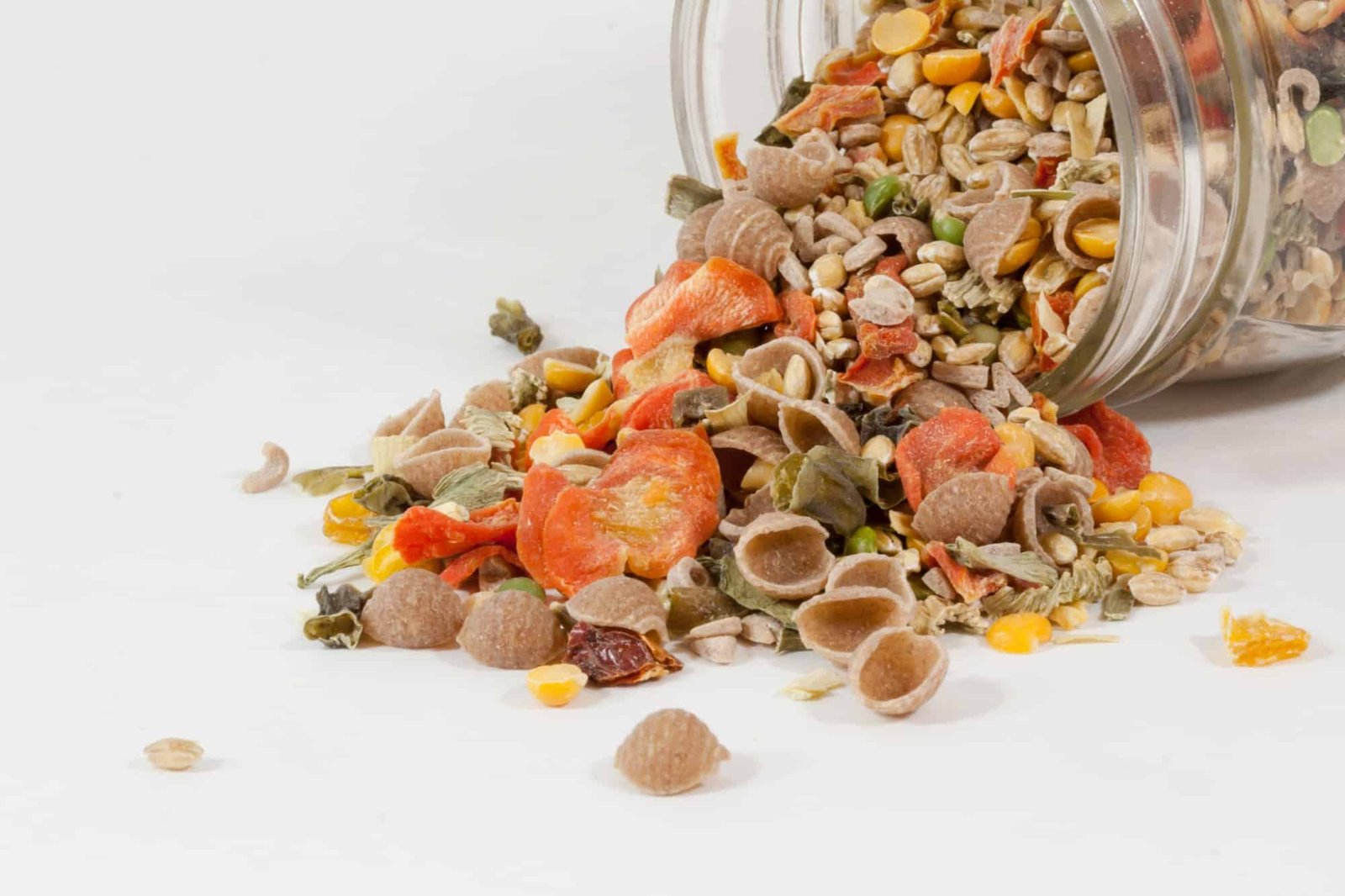For many people, going on a backpacking trip means days of eating nothing more than trail mix and granola bars. But we’re here to tell you it doesn’t have to be like that. With a little preparation, you can eat warm, delicious, gourmet meals no matter how deep you travel into the wilderness.
In this article, we’ll tell you how to make some of our favorite dehydrated backpacking meals. So keep reading and learn how to eat like royalty in the backcountry.
The Importance of Dehydrated Backpacking Meals
If you’re like most outdoor enthusiasts, you go backpacking to spend time outdoors, far away from the stress of your day to day life. But don’t forget that backpacking is an endurance sport.
Completing a big trip requires day after day of hiking, often more than 15 miles at a time. You need to be in shape. And more importantly, you need to pack light.
One of the first rules of packing light is: never carry more water than you need. Every time you get to a stream, only take as much water as you’ll need to get you to the next stream. And NEVER carry extra water in your food.
That means no fruit, no sauces, and no pasta.
That’s why dehydrated backpacking meals are essential to a successful backpacking trip. With nothing more than a bit of water, which you’ll gather from a nearby stream and heat up on your stove, you can turn a bag of dried food into a delicious meal. So what meals should you bring?
Let’s have a look at some easy backpacking meal ideas to try
Oatmeal
Start the day right with this backpacking classic.
Add hot water to regular oatmeal, wait for 5 to 10 minutes, and enjoy. If you want to make it quick, use instant oatmeal. If you’re using a stove, instant oatmeal can save you some cooking fuel (and thus some weight) because you can rehydrate it with cold water.
Be sure to add lots of goodies such as granola, sugar, and cinnamon (but not non-dehydrated fruit!). You can even add dehydrated milk for a creamier option.
Potatoes
There’s nothing like finishing a long day of hiking and diving into a big, comforting bowl of potatoes.
Before the hike, steam as many potatoes as you plan to eat on the trail. Then grate them, place the shavings onto your dehydrator tray, and dehydrate them. It’s that easy.
Once you’re on the trail, add a bit of water and enjoy. You can also carry a little baggy of salt and pepper along with a little bit of butter (a food without much water) to make them tasty.
Stroganoff
Stroganoff is another great option if you’re craving comfort food. Start with some noodles and dehydrated ground beef (or mushrooms); then add some powdered milk, tomato powder, and garlic powder.
If you want to get creative, you can bring extra spices and dried goodies in separate plastic baggies. And you can use these extras for all your meals.
Macaroni and Cheese
This is another one that can be either a simple meal or the base for something more creative. All you need is dry pasta and dry cheese. When you’re on the trail, let it soak for a few minutes before you heat it up.
And of course, if you brought butter, veggies, or spices, feel free to throw them in.
Dried Fruit
This isn’t necessarily a meal, but dried fruit is indispensable trail food. If you’re out there for longer than a few days, you’re going to be craving fruit. But like we said, fresh fruit is full of water.
It’s a good idea to wash your fruit in a citric acid solution before you dry them. This will kill all the bacteria and ensure that the fruit lasts longer. You can dry pretty much any fruit, but some common ones are apples, bananas, apricots, and peaches.
In addition to being a great snack, dried fruit is a great addition to other meals, especially your morning oatmeal.
If you’re looking for something a bit more interesting than dried fruit, try making fruit leather.
Rice and Veggies
Rice is another versatile base that can form the base of your backpacking diet. Bring rice and dry vegetables in one bag, and in another bag, bring a mix of spices and other powdered ingredients to serve as your sauce.
Rice (like pasta) may take a while to rehydrate. If you’re not patient enough to wait for rice (and we don’t blame you), couscous is a great substitute that will be ready in minutes.
Beans
Rice and veggies aren’t enough? Bring some bean to add to the mix.
When dehydrating beans, make sure you use canned beans. If you dehydrate home-made beans, they’ll be difficult to rehydrate again.
Apple Pie
Just because you’re in the wilderness doesn’t mean you don’t get to eat dessert. Here’s a dehydrated version of apple pie. It won’t be as warm and gooey as you’re used to, but we promise, it’ll hit the spot when you’re on the trail.
Mix together dried apples, sugar, cinnamon, and breadcrumbs. You don’t even need to add water. It’s the perfect trail dessert.
Start Dehydrating
Now that you have some recipes to get you started, it’s time to start experimenting. It’s amazing how many delicious dishes you can turn into delicious good backpacking meals by putting them in your dehydrator.
If you have no idea where to start with dehydrated backpacking meals, check out our food dehydration tips.

